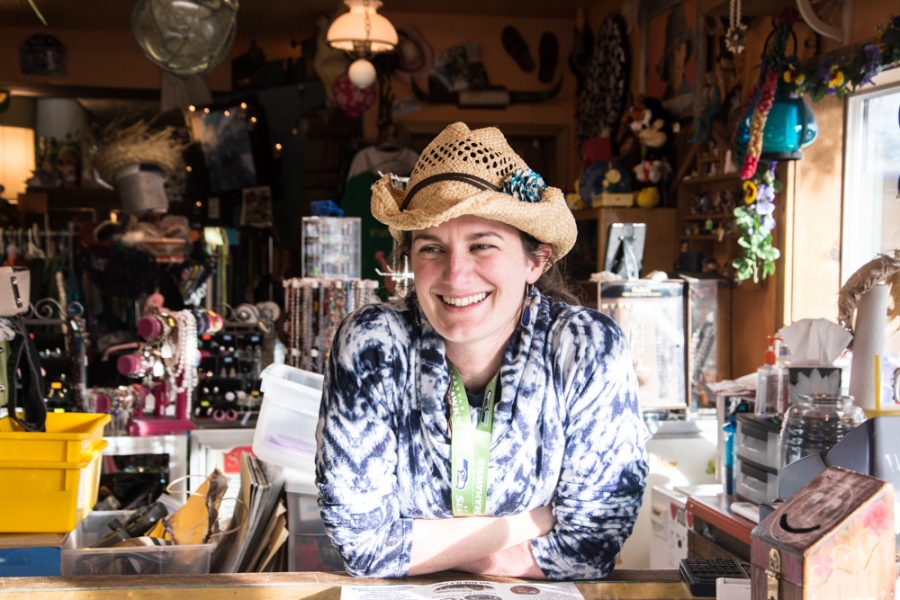The Sustainability Revolving Loan Fund (SRLF) is the topic of the week among the Whitman Planeteers, soon to be formerly known as the Campus Climate Challenge. For those of you unfamiliar with the SRLF, it’s a pool of $25,000 of Whitman College money set aside for projects that will increase the environmental efficiency of the campus and reduce waste.
The concept is quite nifty. Any student willing to fill out an application can dip into the SRLF, with a single catch: the project must pay for itself within a reasonable amount of time (hence the word “revolving”). While working as a reporter for The Pioneer last semester, I wrote a story on a group of CCC members using the SRLF to install dual-flush toilets in Reid Campus Center. Now that applications are up again, it’s time to brainstorm new ideas.
My personal contribution is one that appeals to me in a lot of ways: I want to paint the roofs of all the buildings white. First of all, it would be a fantastically novel way to leave my mark on Whitman. Many years to come, people will still say, “those roofs were black when Sam Chapman got here!”
However, my personal vanity isn’t going to pay for itself, which brings me to my second point: white roofs are a simple idea with a slew of green benefits. A “cool roof”––it doesn’t have to be white, if that’s a problem for some reason––retains far less heat than a dark roof, and leads to less ambient heat radiating into the building. This causes the temperature inside to remain comfortable on hot days, reducing air-conditioning costs and energy expenditure (although there’s a noticeable difference even if your building is not climate-controlled).
When U.S. Secretary of Energy Steven Chu first introduced cool roofs to the mainstream, he connected them to a loftier idea. A general trend towards cool colors in urban and suburban surfaces––not only roofs but streets, sidewalks, etc.––could lead to increased albedo: the process by which bright surfaces, such as ice caps, cool the earth by reflecting sunlight away. Chu has stated that this is “the equivalent of reducing the carbon emissions due to all the cars on the road for 11 years.”
Other ideas under consideration include an expansion of dual-flush toilets to Anderson Hall. As a reminder, dual-flush toilets are outfitted with a special handle that uses a smaller amount of water for appropriate situations: up for liquid waste, down for solid. They are only installed in women’s restrooms, because men have urinals that perform essentially the same function.
Finally, there is much to be done in the Interest House Community: houses need weatherization, low-flow shower heads and CFL bulbs, plus the Outhouse is angling for a composting toilet (which is bizarrely more expensive than it sounds). Some have asked for motion-sensing light bulbs, so they don’t have to leave their porch lights on all night; indoor clotheslines are also a possibility.
On a closing note, this week’s challenge is to have a conversation with somebody who doesn’t agree with you on environmental issues. If you try, let me know how it goes!

